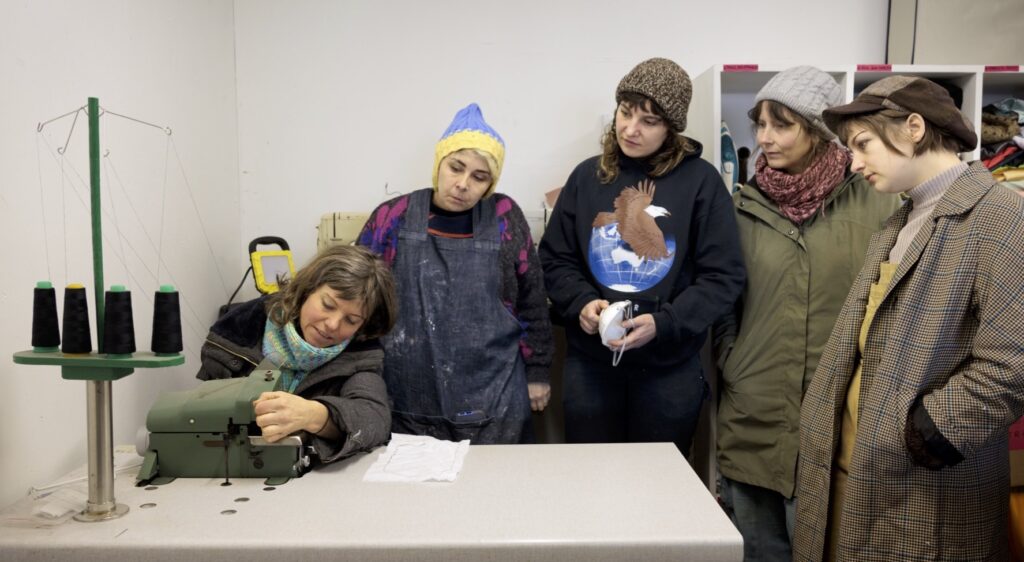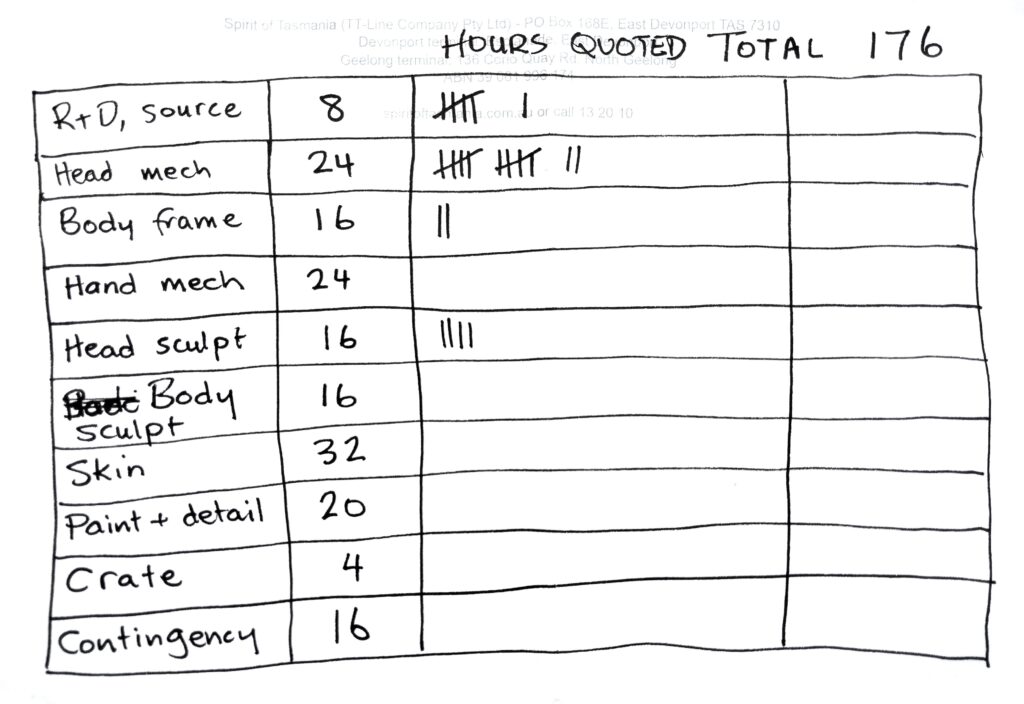After three years as Lead Maker and Head of Workshop at Terrapin Puppet Theatre, I’m handing over the reins. In that time the workshop has gone from a corner of the waterfront rehearsal room to a well equipped unit in the industrial area. I’ve taught, worked with and learned from many makers in the network that is growing around the company. We’ve designed and built shows for schools touring, aged care centres, festivals, theatres and street installations.
Along the way, we’ve developed Terrapin’s first sustainability policy, applied for Climate Active certification, and made headway in embedding sustainable practice in company operations. It’s a complex challenge, and iterative in a rapidly changing landscape. I’ll rant more on that another day.

Some of the strongest lessons to carry away from this time are about people. In teaching workshops, mentoring junior makers, managing projects and guiding trainees, I’ve had cause to think hard about how differently people are wired, and about what they need in order to learn and work well. Some need scheduling and instructions while others want to work spontaneously and figure it out themselves, with the teacher as a safety net. Some can’t interpret a diagram but will pick it up quickly if you demonstrate with your hands. Some don’t know themselves what they need and you must figure it out together.
It all comes back to the question – how does an idea get from my brain to yours, with shared understanding and a minimum of distortion? Which is a central concern of the art form, anyway.
An important quality of a senior maker, I’ve discovered, is the ability to estimate how long or complex a job will be. Through experience you can anticipate the pitfalls and the time consuming nature of repetitive processes. A word of advice to those starting out as a puppet maker: keep track of your time.

At the beginning of a job, break it down into all the processes you can think of. Allocate time to each process, so that it fits within the quote or the deadline. Include a time contingency (I use 10%) which you can reallocate when a difficulty crops up. Then pace yourself, and tally the hours as you go. It might blow out, but at least you’ll know where, which will help you to schedule or quote on the next job. It will help you to design processes appropriately and can ease a pervasive sense of time pressure, or at least spread it more evenly through the build so that you don’t end up sleepless and panicky in the days before delivery.